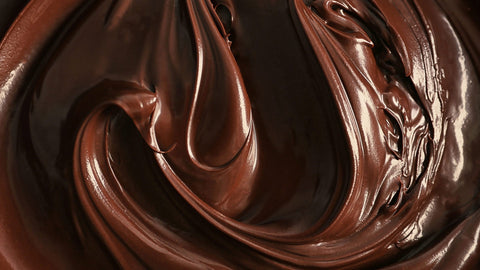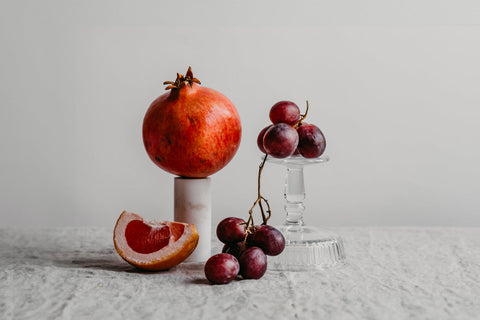The distinct aroma of a strong roast, the quiet hum of a grinder, and the lingering warmth of hot water as it’s poured—what began as a European predilection for brewing from long ago signaled the birth of something greater in the world of coffee.
The pour-over coffee method began in Dresden, Germany in 1908, where a woman named Melitta Bentz had grown tired of the popular percolators of the early 1900s that left bitter coffee grounds at the bottom of each brew. Adamant on finding a solution, Bentz experimented with filtering out the residue using blotting paper from her son’s notebook. The result was a revolutionary new approach to coffee-making, and a cleaner, more aromatic cup of joe—without the bean sediments.
Fast forward a few decades, and what originated as a quick fix to the simple nuisance of coffee bean residue evolved into something more than just making coffee—in the contemporary world, it is also a form of art and meditation.
The beauty of pour-over coffee is found in the water flowing through the grounds, inking the surface of the filtering paper with rich hues of brown. Gravity plays a key role in the viewing process, pulling the water and coffee mix down the basket and into your mug, slowly and intentionally turning into a warm, comforting cup.
For many well-versed in the world of coffee, the pour over method has become something like meditation—a moment to pause and gather your thoughts, connect to your body, and pull your focus. In the same sense, it allows you to let go of distractions in favor of paying attention to every measurement, ratio, temperature, and pouring technique without complex tools and machines.

The beauty of pour over coffee is found in the water flowing through the grounds, inking the surface of the filtering paper with rich hues of brown.
Breathe in, breathe out. The first step to meditation seems simple: preparing oneself. Likewise, the pour over method begins with only a few essentials—hot water, filter paper, and ground coffee—that need to be meticulously prepared. The water must be heated to a temperature of about 96°C, slightly below boiling point and the perfect temperature for the brewing process. Take time to run a small amount of hot water through the filter paper, just enough to rinse and remove any lingering residue, as well as warm your equipment. Discard the water after the rinsing process.
For coffee, 20 grams—or about 3 tablespoons—is considered the perfect measurement to achieve the right depth of flavor for a cup of joe. Grind the beans until the consistency resembles rock or sea salt, and evenly distribute the grounds onto the filter paper. After dousing the grounds with a small amount of hot water, pause for half a minute—this process is known as the “bloom,” an essential step in brewing that rehydrates and releases the flavor from the beans.
The ratio of water to coffee is crucial in adjusting the strength of your coffee. And yet, there is no ideal ratio—it all depends on your preference. To start, the standard ratio for making pour over coffee is 16:1, or 16 grams of water for every 1 gram of coffee. Using this as a basis, experiment with different proportions to get the perfect cup for your liking.

The ratio of water to coffee is crucial in adjusting the strength of your coffee. And yet, there is no ideal ratio—it all depends on your preference.
Breathe in, breathe out. Continue the process, adjusting variables like flow rate and extraction time to what suits you best. Pouring technique becomes significant in achieving a consistent flavor. A more equal extraction is achieved by pouring the water slowly in a circular motion over the coffee grounds, resulting in a smoother cup with well-balanced flavor.
Breathe in, breathe out. The last phase involves remaining still: wait 4 to 5 minutes after all the water has been poured out of the pot to complete the brewing process. The brewing time may differ based on your preference, or the strength and size of your coffee grounds. Regardless, continue taking deep breaths and focus on your senses—the sound of the drip, the smell of the coffee—and bide your time until the process ends.
Breathe in, breathe out. Soon, you will find yourself wrapped in tranquility as the dripping comes to a halt, accompanied by a delightful aroma that signifies the end of a meticulous process. With a clear mind, return from the stillness of your brewing meditation, reward your senses with a well-deserved cup of coffee, and savor each sip as you embrace the day ahead.





